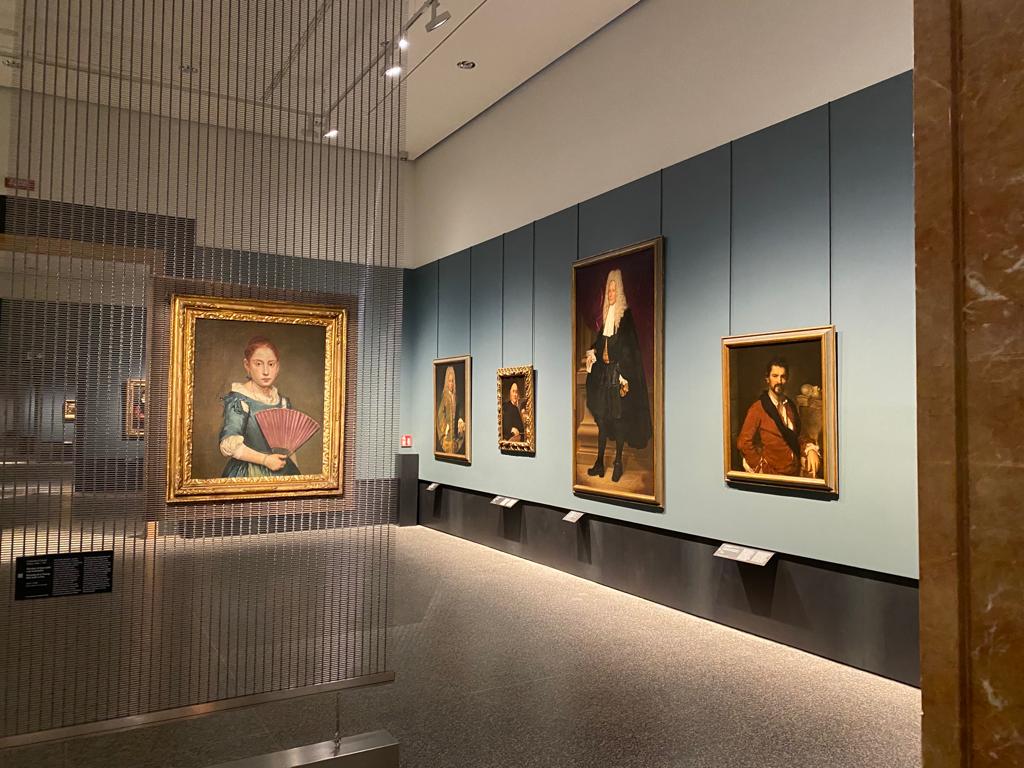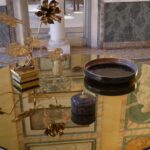“Tutta in voi la luce mia” History and Melodrama Painting
This is the title of a duet from Anna Bolena by Gaetano Donizetti, a composer from Bergamo, loved by his city and deeply attached to it.
And this is precisely the title of the exhibition which will be held at the Accademia Carrara in Bergamo from 29 September 2023 to 14 January 2024. The exhibition closes the rich program of events that have characterized the current year, on the occasion of the nomination of Bergamo and Brescia as Capitals of Culture, proposing an interesting and highly relevant theme for Italian artistic and musical history.
Already at the end of the eighteenth century and even more so in the following century, particular attention was generated towards the great events of medieval and modern history.
Compared to the deeds of classical antiquity, these events were in fact closer, also in terms of sensitivity, to the feelings of nineteenth-century man, which is reflected in the protagonists and heroines, in their vicissitudes and in the conflicts that they experience.
Naturally, artistic production, a mirror of society, also implemented this new need which is expertly investigated in the exhibition. In fact, in the succession of rooms the continuous reference between painting and melodrama is analyzed and how the two influence each other.
The rooms are set up ad hoc: often large and heavy red velvet curtains reproduce the scenic environment, proposing a large theatrical backdrop which, crossed by the spectator, gives access to the following rooms, real stages which see the protagonists the proposed works.
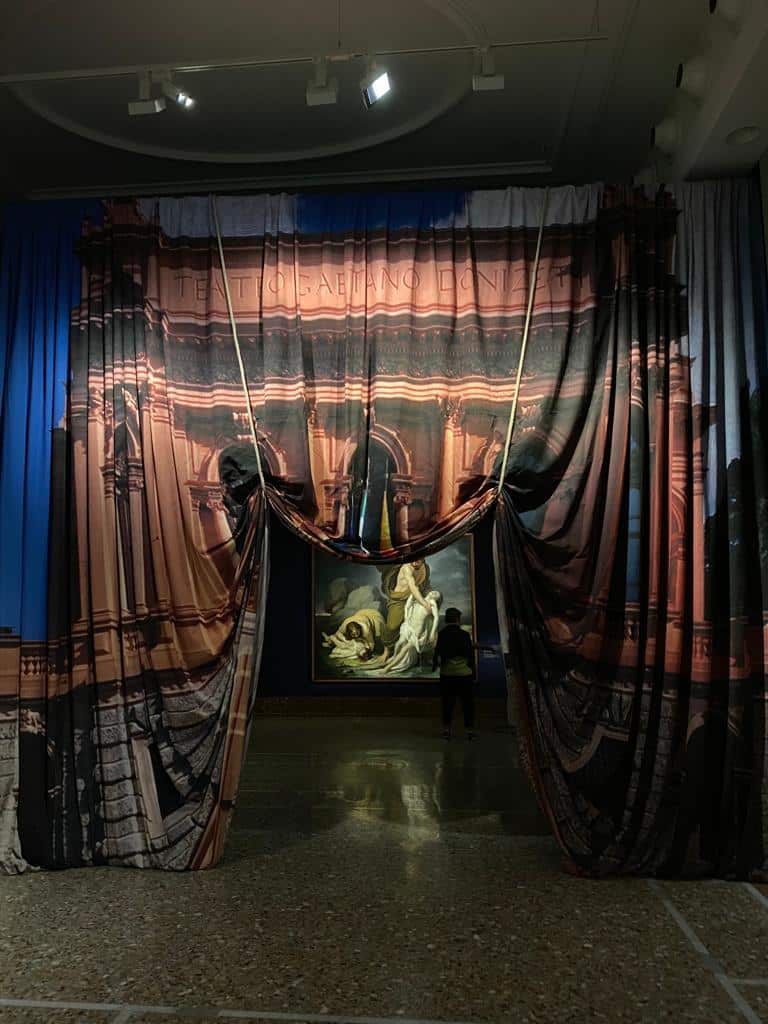
Even the lighting is aimed at the same performance, with a setting based on the use of spotlights which, like bull’s eyes, focus attention on the works.
An interesting choice, to increase the effect of being right in the spaces of a theatre, is to recreate an actor’s dressing room and to accompany the spectator with lyrical arias in the background, almost as if the show or its rehearsals were underway and from at any moment the stage with the actors performing could appear before our eyes.
The visitor is initially welcomed by large canvases, also fundamental for greater involvement, in which historical and biblical themes are addressed and treated with a new pathetic approach. This theatrical dramatization visually resolves itself in a tragic rendering of human representation.
One of the most appreciated and addressed themes was that of the Universal Flood. The subject was taken from it by Gaetano Donizetti himself and several years later his painter friend Francesco Coghetti also created a painting of considerable size and with a strong representative and emotional charge.
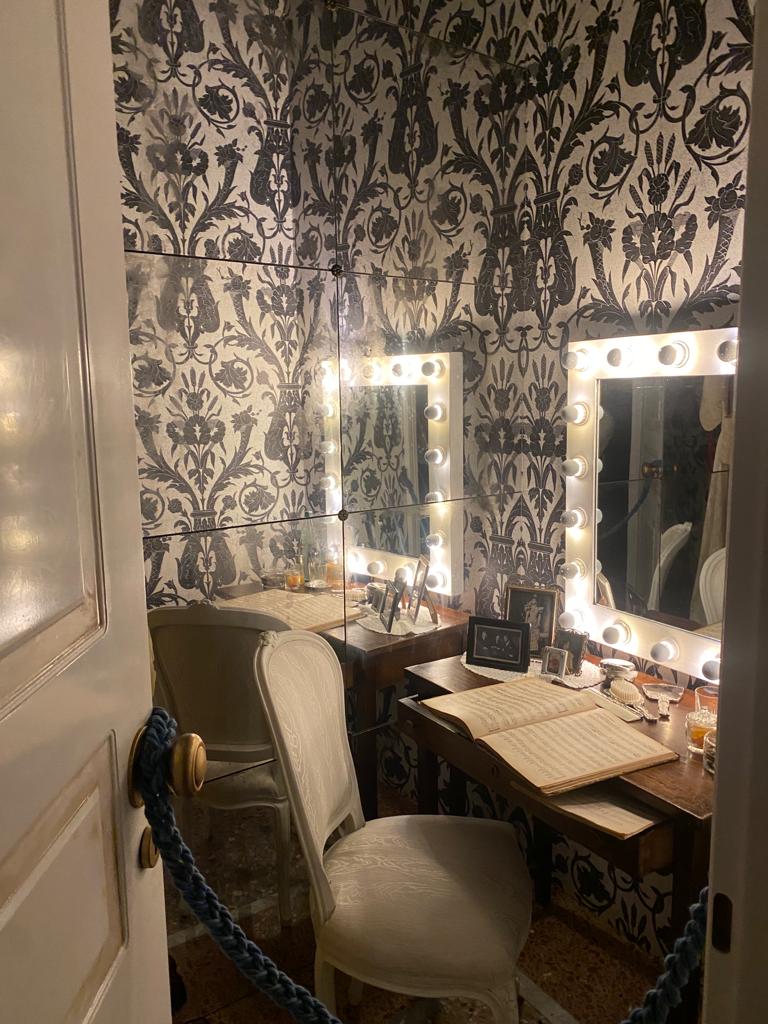
The focal point of the exhibition is the one dedicated to the protagonists of melodrama. Presented here are the fruits of the meeting between composers and musicians, often frequenting the same salons and maintaining regular contacts. Among these it is worth remembering the friendship between Donizetti and his fellow painter Francesco Coghetti, whose large portrait of his composer friend is known and to whom a youthful portrait of the same is attributed, dating back to around 1824. The exhibition was in fact an opportunity to re-present to the public a recently rediscovered painting, already belonging to the collections of FineArt by Di Mano in Mano and unveiled on the occasion of the AMART 2022 edition, which constitutes the first known image of a Donizetti in adulthood.
But the interest of painters and sculptors also turned to the interpreters of melodrama, inaugurating a new typology of portrait. As that concept of stardom, which is still in vogue today, began to emerge, actors were often depicted in the guise of the characters they impersonated, in a true superimposition. So in the large paintings with historical scenes, the theatrical representation of them is depicted, and the cultured observer who frequents the theaters could see in the faces known to him of the actors he had admired on stage. The portraits represent the character of the melodrama and the real person at the same time, in a perfect identification that continues beyond the scene and aims to consecrate their immortality.
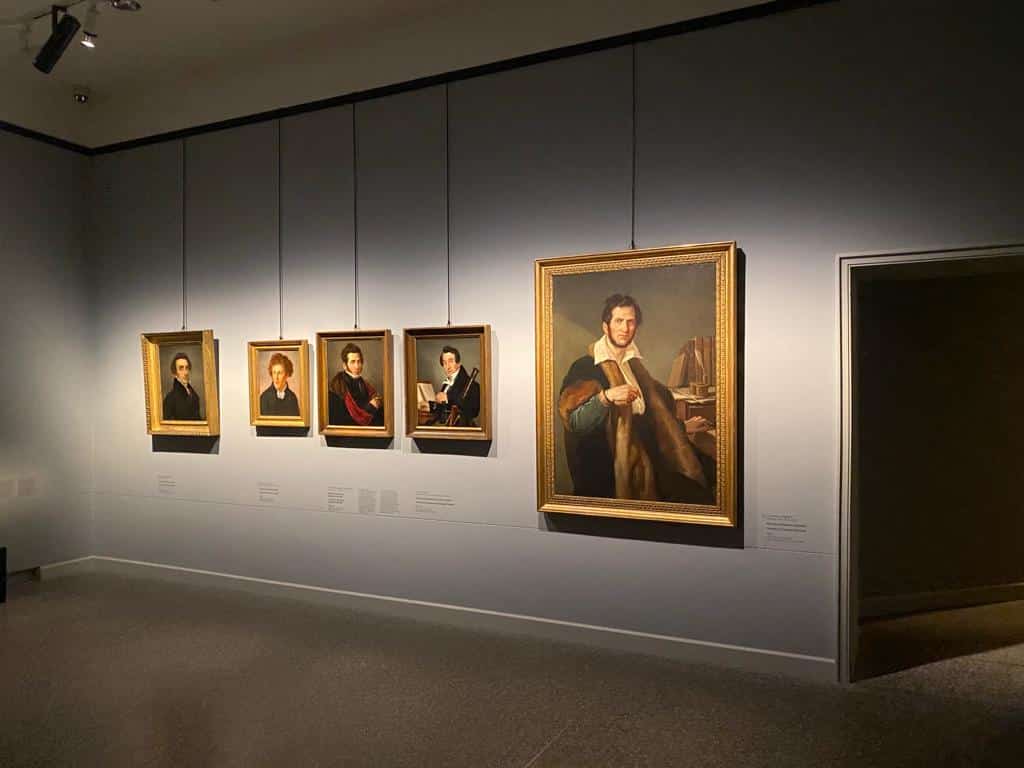
The final part of the exhibition is further linked to the representation of specific subjects. One room is in fact dedicated to the “History of Venice“, a city which became the setting for numerous theatrical works, providing a vision of the ancient history of the Serenissima dominated by dark colours, much appreciated in the nineteenth century and in romantic culture and contributing to the vision of Venice which still fascinates so much today.
The exhibition continues by focusing on some of the subjects of melodrama. Once again passing through heavy red velvet curtains, the spectator is accompanied in front of works that represent the events of Anne Boleyn and Mary Stuart, queens whose tragic end is well known and whose events lend themselves well to the mise en scène.
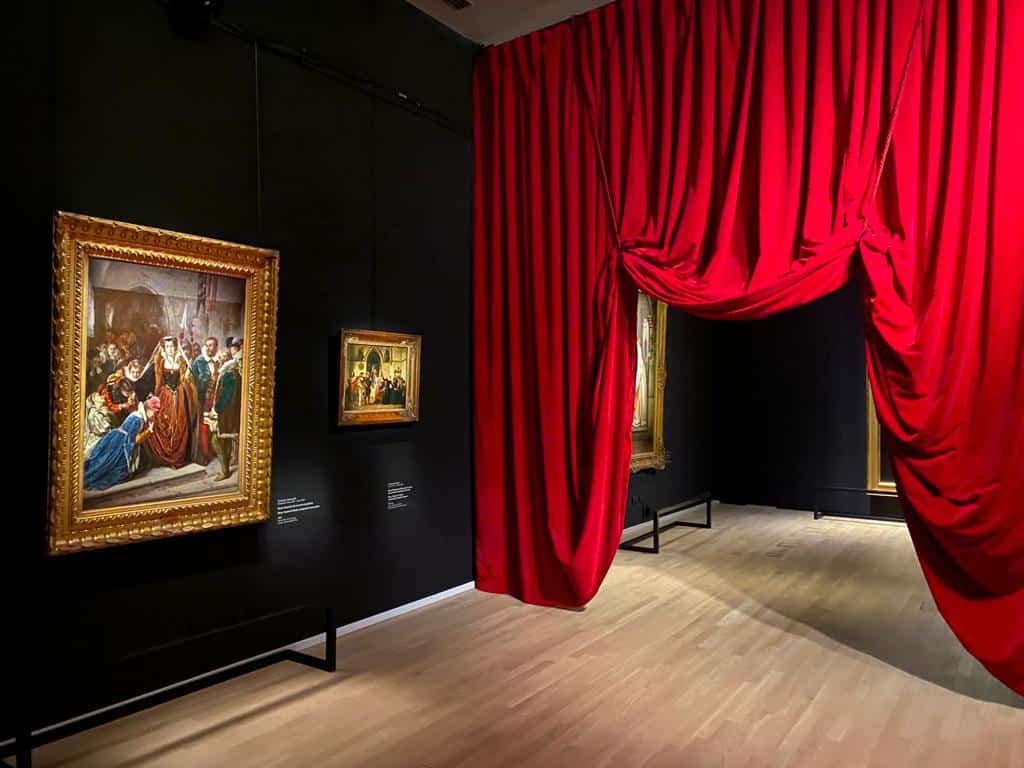
Compared to the happy ending of baroque opera, in the 19th century death was staged, with tragic heroines bringing their anguish and suffering onto the stage, which ends in a disastrous way. From an artistic point of view, one of the main champions in these themes was undoubtedly Francesco Hayez who in his Maria Stuarda at the moment she goes up to the scaffold, gives a choral vision of the episode, portraying in the historical characters exponents of Milanese high society and therefore making a representation current and easily recognizable to the contemporary observer.
After all, Hayez is also the author of The Last Kiss Given to Romeo by Juliet, another story that had fascinated him over the centuries and which was even more appreciated because it brought the ideal and romantic vision of the love affair which obviously also in this case ends tragically.
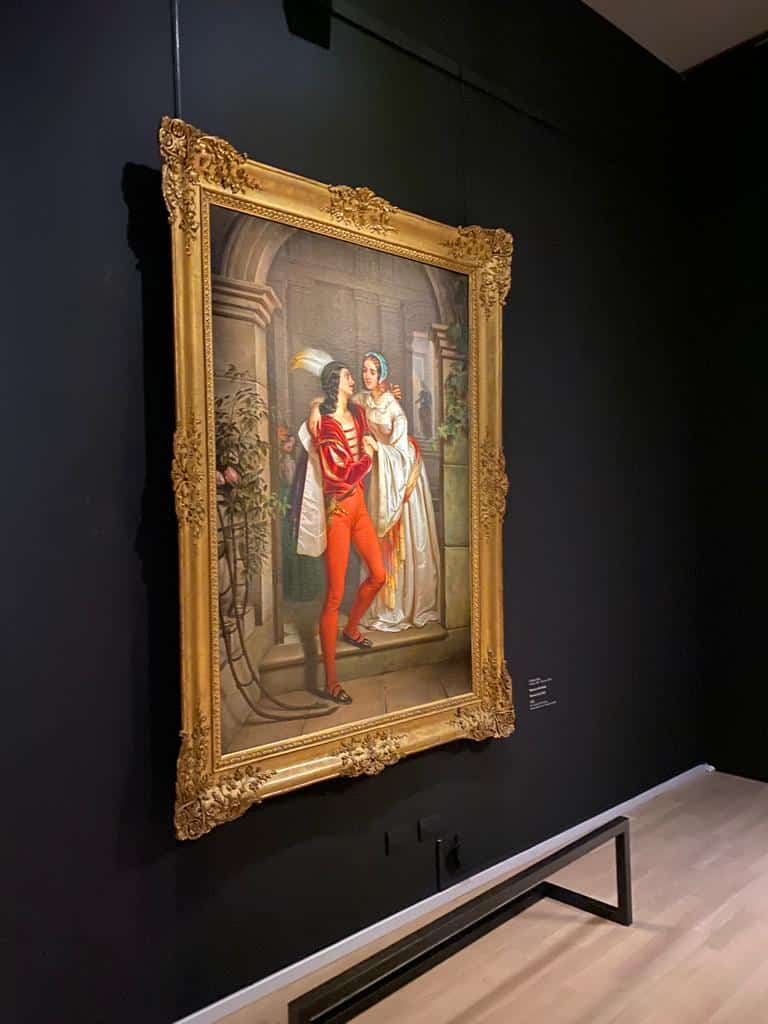
The visit to the exhibition was also an opportunity to visit the Accademia Carrara with its new layout. The permanent collection of the civic art gallery finds a place of honor on the second floor of the historic building, with a chronological and thematic itinerary that accompanies the visitor through the works of art. These are expertly set and enhanced thanks to the colors of the walls and the lighting, which highlight, without disturbing, the Academy’s masterpieces.
